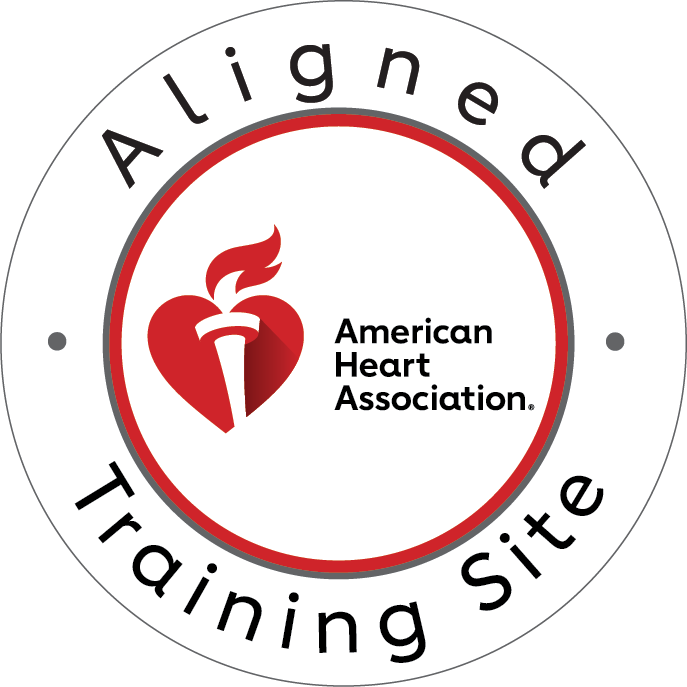In the face of life’s uncertainties, there’s one skill that stands as a beacon of hope, a lifeline in the darkest of moments: CPR, or Cardiopulmonary Resuscitation. Imagine a scenario where a child witnesses a loved one suddenly collapse, their heart ceasing to beat. It’s a terrifying thought, yet one that occurs far too often. According to the American Heart Association, more than 350,000 cardiac arrests occur outside of hospitals each year in the United States alone. But amid the chaos and fear, there’s a glimmer of hope—a child, equipped with the knowledge and confidence to perform CPR, steps forward to save a life. This scenario illustrates the profound impact of CPR training for children and why it matters more than ever in today’s world.
In this article, we delve into the critical importance of CPR training for children. As we navigate through the chapters ahead, we’ll explore not only the significance of CPR itself but also why teaching this life-saving skill to kids is paramount. From debunking myths to celebrating real-life heroes, we’ll uncover the transformative power of CPR education in empowering the next generation.
The Importance of CPR Training
Cardiopulmonary Resuscitation, commonly known as CPR, is a vital emergency procedure performed on individuals experiencing cardiac arrest. It involves chest compressions and rescue breaths to maintain blood flow and oxygenation to vital organs until professional medical help arrives.
The Role of CPR
CPR serves as a crucial bridge between life and death during emergencies. When someone suffers a sudden cardiac arrest, every passing moment without intervention diminishes their chances of survival. CPR buys precious time, keeping oxygen circulating in the body until advanced medical care can be administered. Studies have shown that immediate CPR can double or even triple a person’s chances of survival, underscoring its life-saving potential.
Debunking Myths About CPR
Despite its proven efficacy, CPR remains shrouded in misconceptions and apprehensions. Some believe that CPR is complex and best left to medical professionals, while others worry about causing harm or making mistakes. However, the reality is far from these myths. CPR is a simple yet powerful technique that anyone can learn, regardless of age or background. Moreover, the potential benefits far outweigh the risks, making bystander CPR a crucial link in the chain of survival.
Why Teach CPR to Kids?
Children possess an innate curiosity and eagerness to learn, making them ideal candidates for CPR training. Their nimble minds absorb information like sponges, and when equipped with life-saving skills, they become catalysts for positive change within their communities. By empowering children with CPR knowledge, we empower them to take proactive roles in emergency situations, transforming them from passive bystanders into confident lifesavers.
The Impact of Early Intervention
Time is of the essence in cardiac emergencies, where every second counts. By introducing CPR training to children at an early age, we capitalize on their receptiveness to learning and instill a sense of preparedness from a young age. Research has shown that children as young as nine years old can effectively perform CPR, highlighting the feasibility and efficacy of early intervention programs. Furthermore, teaching CPR to children fosters a culture of preparedness and resilience, ensuring that future generations are equipped to respond decisively to emergencies.
Breaking Barriers and Dispelling Myths
Despite the benefits of CPR education for children, misconceptions and barriers persist. Some may question whether children possess the physical strength or emotional maturity to perform CPR effectively. However, studies have shown that children are capable of learning and executing CPR with proper training and supervision. Moreover, CPR training instills confidence and resilience in children, dispelling fears and empowering them to act decisively in crises. By breaking down these barriers and championing CPR education for children, we pave the way for a safer and more resilient future.
Empowering Children Through CPR Training
One of the most profound effects of CPR training on children is the boost in confidence it provides. By mastering a life-saving skill, children gain a newfound sense of self-assurance in their ability to make a difference. This confidence extends beyond the realm of CPR, permeating into various aspects of their lives. Whether it’s in the classroom, on the playground, or in their communities, children who undergo CPR training exude a sense of empowerment that sets them apart as leaders and changemakers.
Cultivating a Culture of Preparedness
CPR training not only equips children with the skills to respond to emergencies but also fosters a culture of preparedness within families and communities. When children learn CPR, they become advocates for safety and preparedness, encouraging their peers and family members to follow suit. This ripple effect extends far beyond the individual, creating a network of empowered individuals who are ready to spring into action when seconds count.
Emotional Resilience
Beyond the practical aspects of CPR training, there’s a profound emotional impact on children. Learning CPR instills a sense of responsibility and empathy, as children come to understand the gravity of their role in saving lives. This emotional resilience prepares them to navigate high-stress situations with composure and clarity, traits that serve them well throughout their lives. Moreover, CPR training provides children with a sense of purpose and fulfillment, knowing that they have the power to make a difference in the world.
Practical Tips for Implementing CPR Training Programs for Children
When designing CPR training programs for children, it’s essential to tailor the curriculum to their age and developmental stage. Break down complex concepts into digestible chunks and incorporate hands-on activities to keep children engaged and motivated. Utilize age-appropriate teaching materials and techniques to ensure that the training resonates with children of all backgrounds and abilities.
Interactive Learning
Make CPR training interactive and fun by incorporating games, simulations, and role-playing exercises. Engage children in discussions about the importance of CPR and encourage them to ask questions and share their thoughts and experiences. By creating a supportive and interactive learning environment, you foster a sense of curiosity and enthusiasm that enhances learning outcomes.
Practice, Practice, Practice
Repetition is key to mastering CPR skills, so provide ample opportunities for children to practice chest compressions and rescue breaths on manikins or CPR training dolls. Encourage them to role-play different scenarios and reinforce the steps of CPR through hands-on practice. By making practice sessions frequent and enjoyable, you ensure that children feel confident and competent in their ability to perform CPR when it counts.
VI. Conclusion
In conclusion, CPR training for children is not only about imparting a life-saving skill but also about nurturing confident, compassionate, and capable leaders in our communities. By equipping children with CPR knowledge and skills, we instill a sense of confidence, preparedness, and empathy that transcends age and circumstance. With CPR certification Kansas City, provided by trusted institutions like CPR Kansas City, children and their families can access stress-free, hands-on training courses that empower them to act decisively in emergencies. As we look to the future, let us continue to champion CPR education for children, cultivating a culture of safety, resilience, and compassion that will endure for generations to come.




